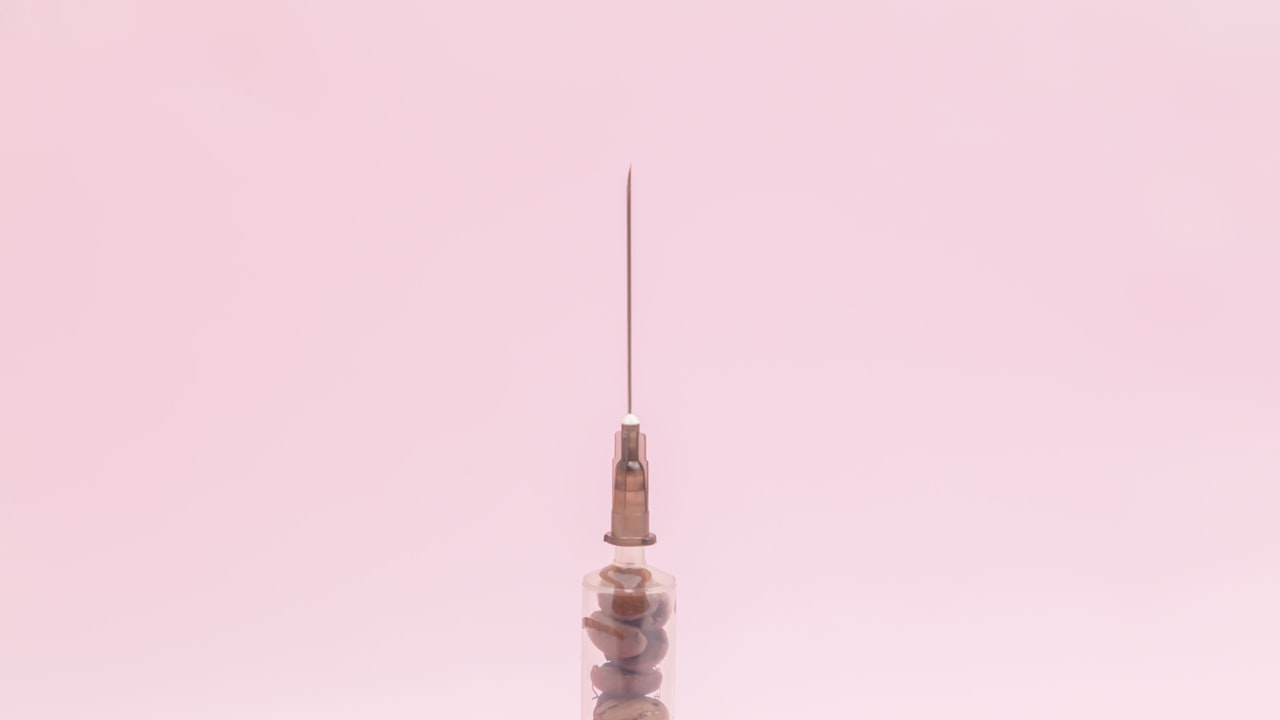Title: Design and Function of Injection Molds: A Comprehensive Overview
Injection molds play a critical role in the manufacturing process of various plastic products. Understanding the design and function of injection molds is essential for both injection mold factories and suppliers to produce high-quality products efficiently.
Injection mold factories are equipped with specialized machinery and skilled technicians who work together to design and produce molds that meet the unique requirements of each project. These factories utilize cutting-edge technology, such as Computer-Aided Design (CAD) software, to create precise 3D models of the molds before actual production begins. This step is crucial in ensuring that the molds will produce plastic parts with accurate dimensions and smooth surfaces.
Injection mold suppliers, on the other hand, play a crucial role in providing the necessary molds to manufacturers. They work closely with their clients to understand their specific needs and requirements for each project. By maintaining close communication with both injection mold factories and manufacturers, suppliers can ensure that the molds they provide are of the highest quality and meet all specifications.
The design of an injection mold is a complex process that requires careful consideration of various factors, such as the type of plastic material being used, the shape and size of the final product, and the production volume. Proper design is essential to prevent defects such as warping, sink marks, or flash, which can compromise the quality of the finished product.
The function of an injection mold is to shape molten plastic material into a specific form, known as a cavity, which is then cooled and solidified to create the final product. The mold must be designed with precision to ensure that the plastic material flows evenly throughout the cavity and that the final product meets all dimensional and aesthetic requirements.
In conclusion, the design and function of injection molds are crucial aspects of the manufacturing process for plastic products. By understanding the importance of these elements, injection mold factories, suppliers, and manufacturers can work together to produce high-quality products efficiently and effectively.

 Title: Design and Production of Injection Molds: A Comprehensive Overview
Title: Design and Production of Injection Molds: A Comprehensive Overview Title: The Evolution of Injection Molds: Advancements and Innovations
Title: The Evolution of Injection Molds: Advancements and Innovations